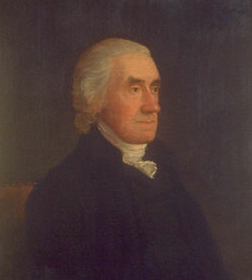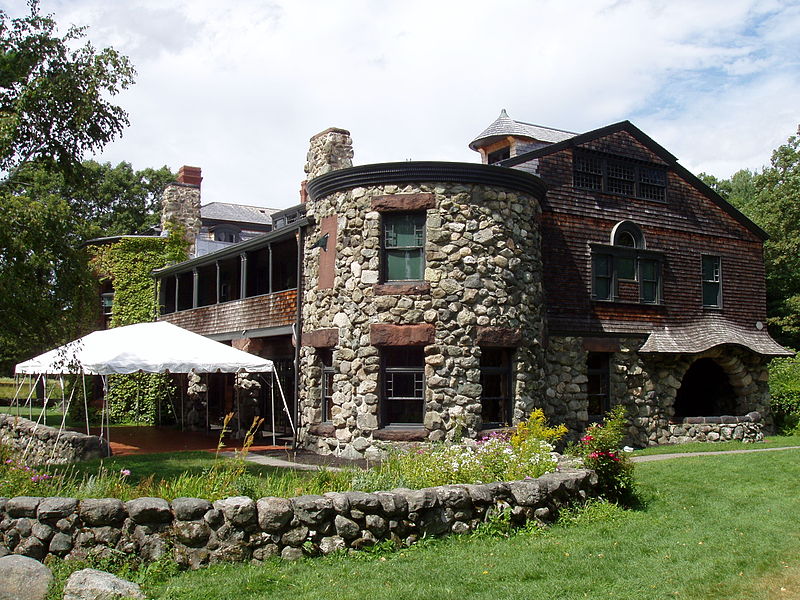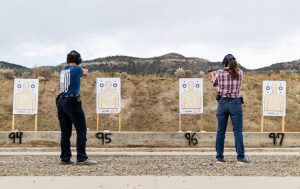Mark Cole
Massachusetts sent an especially formidable delegation to the Second Continental Congress. Indeed, it is impossible to conceive of the cause of independence without the heroic labors of Massachusetts delegates Sam Adams, John Hancock and the Atlas of Independence himself, John Adams.
Two future Vice-Presidents (Elbridge Gerry, John Adams) and two future Massachusetts governors (John Hancock, Sam Adams) were included in the Massachusetts delegation, and John Adams, of course, eventually became the second President of the United States.
Only in such a group could a man like Robert Treat Paine look like the weakest link in the chain. But in any other context, it is clear that Paine was one of the leading patriots of the independence era, and certainly in the top tier of the founding fathers of the United States of America.
A descendant of a signer of the Mayflower Compact, Robert Treat Paine came from a family which looms large in the history of New England. As a young man, Paine had the same tutor as Hancock and John Adams, and also like Hancock and John Adams, Paine was graduated from Harvard (having entered when he was all of fourteen). After an extended trip to Europe, the young Paine studied theology and became a minister for several years, serving as a chaplain in the French and Indian Wars.
He later took up the study of law with a future chief justice of New York and entered the bar in 1757. As a lawyer, Paine was an associate prosecutor of the British soldiers following the Boston massacre. The soldiers were, of course, famously defended by John Adams.
Just as in the trial of the Boston Massacre, Adams and Paine were not always on the same side of every issue. In fact, Paine once referred publicly to Adams as a “Numbskull and a Blunder Buss.”
Even so, as with John Adams, there was never any doubt where Paine stood on the question of independence. When he was elected to the Continental Congress, he was put in charge of the committee ordered to purchase gun powder for the Continental Army. And in 1776, he signed the Declaration of Independence.

By Originally the United States government, enhanced and modified by Thingg⊕⊗ [Public domain], via Wikimedia Commons
For more awesome stories about the Signers –
Check out Mark’s book:
Lives, Fortunes, Sacred Honor: The Men Who Signed the Declaration of Independence
















